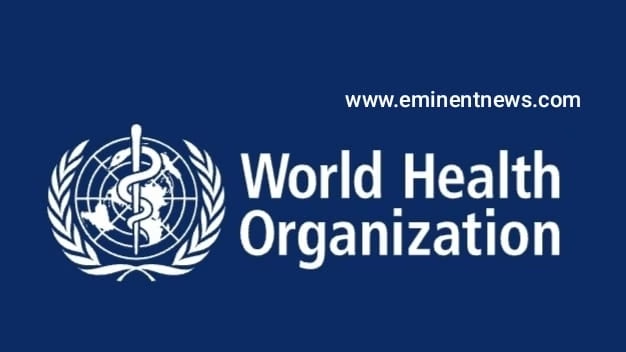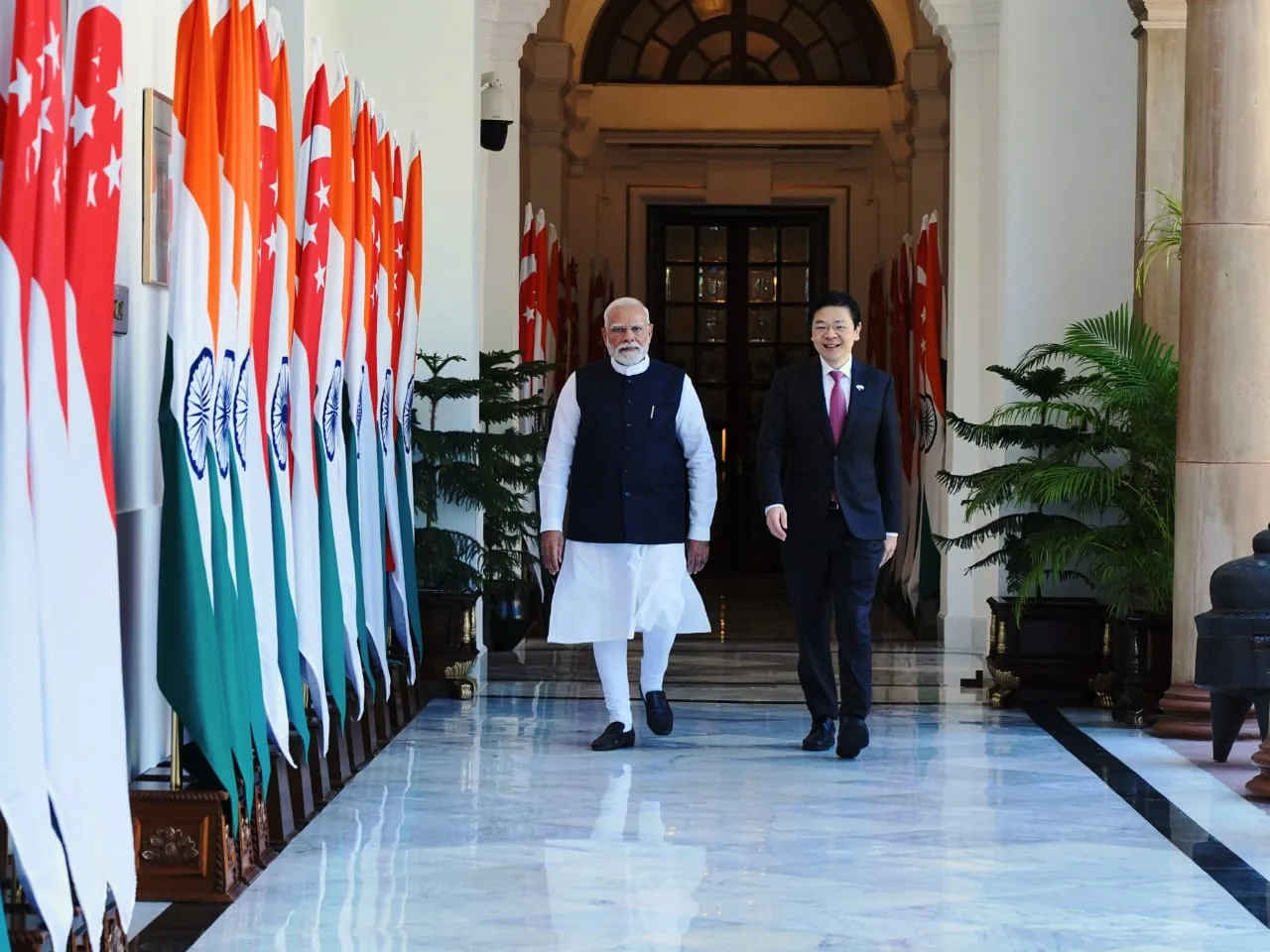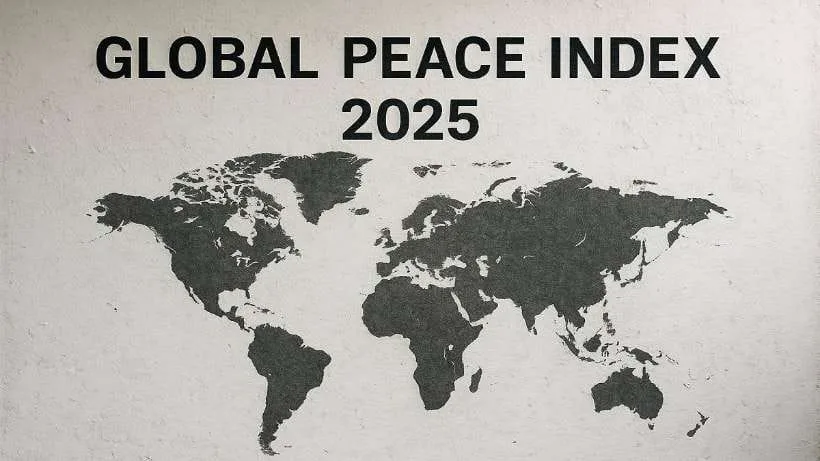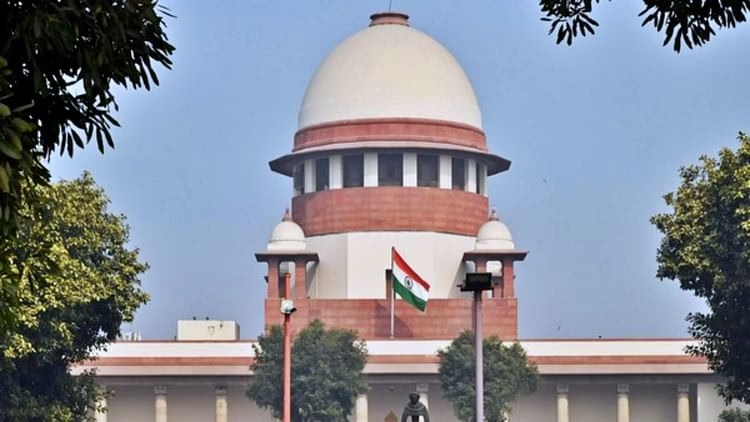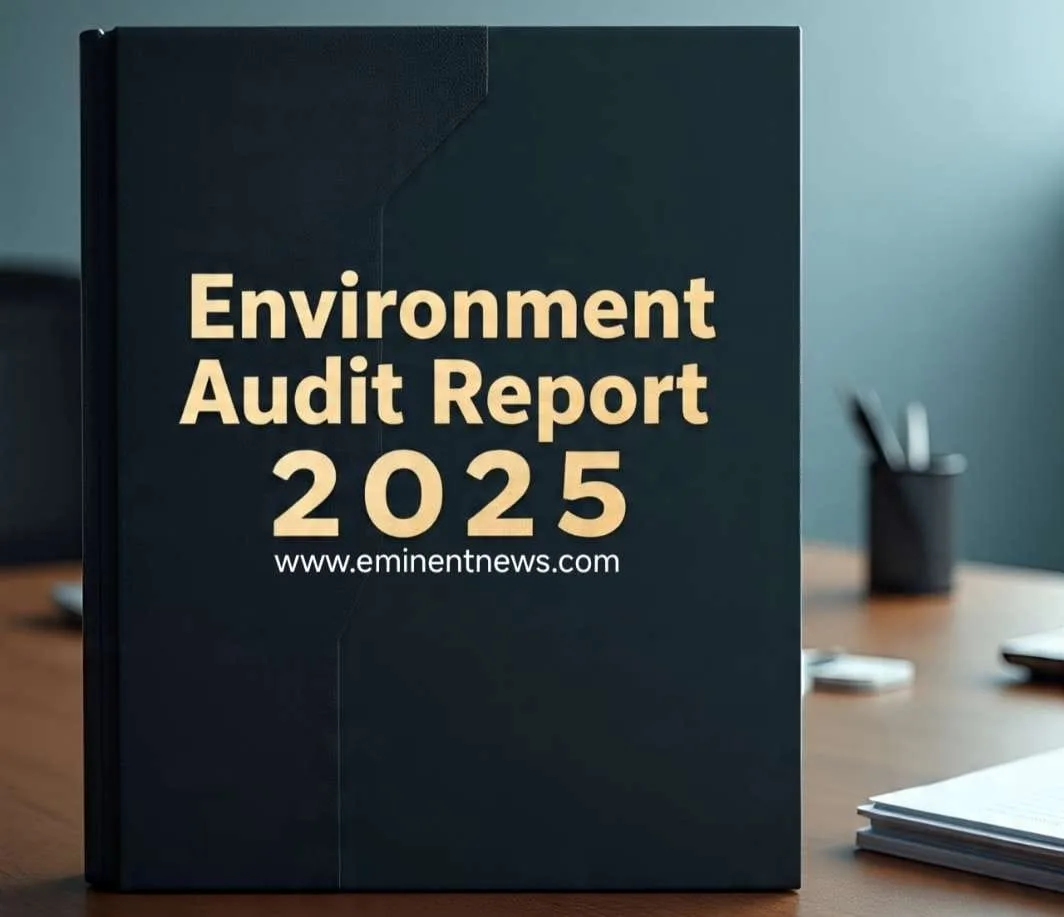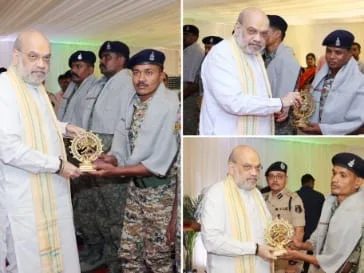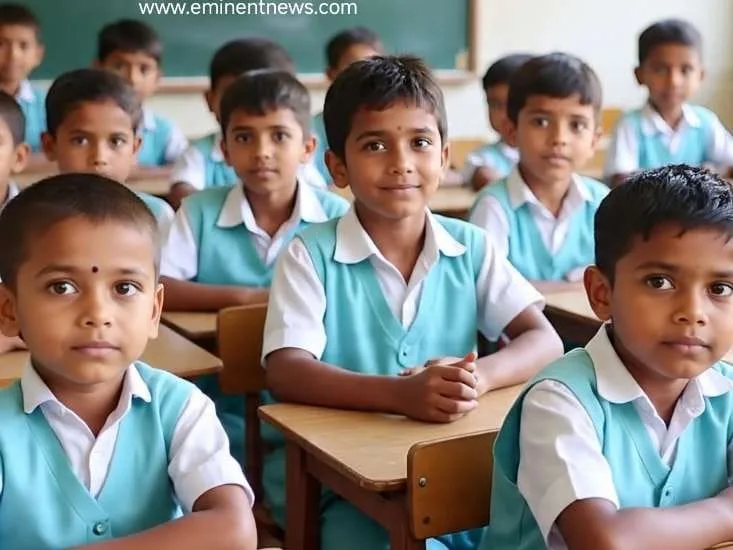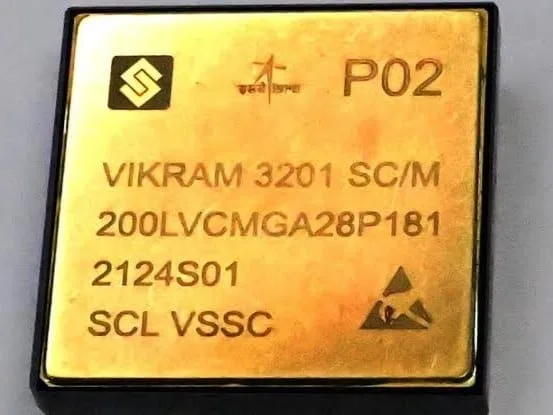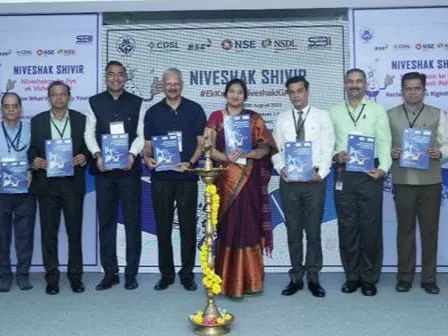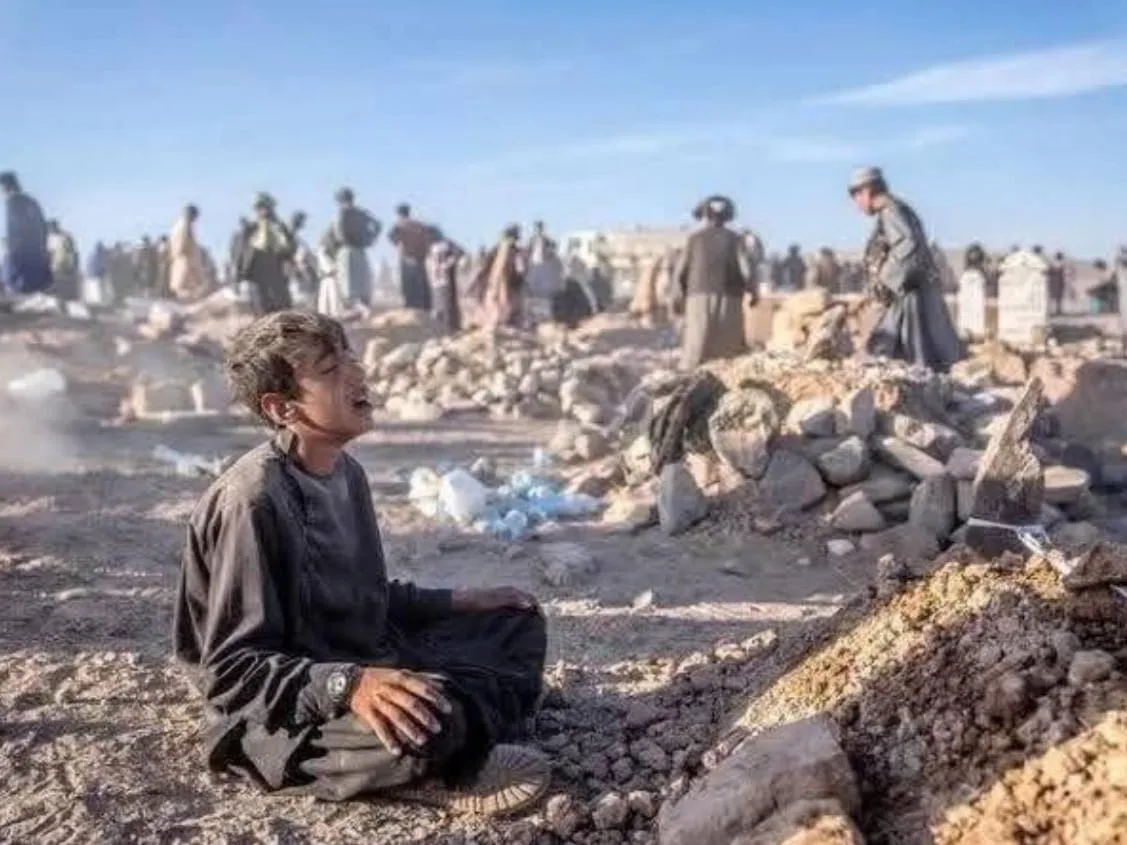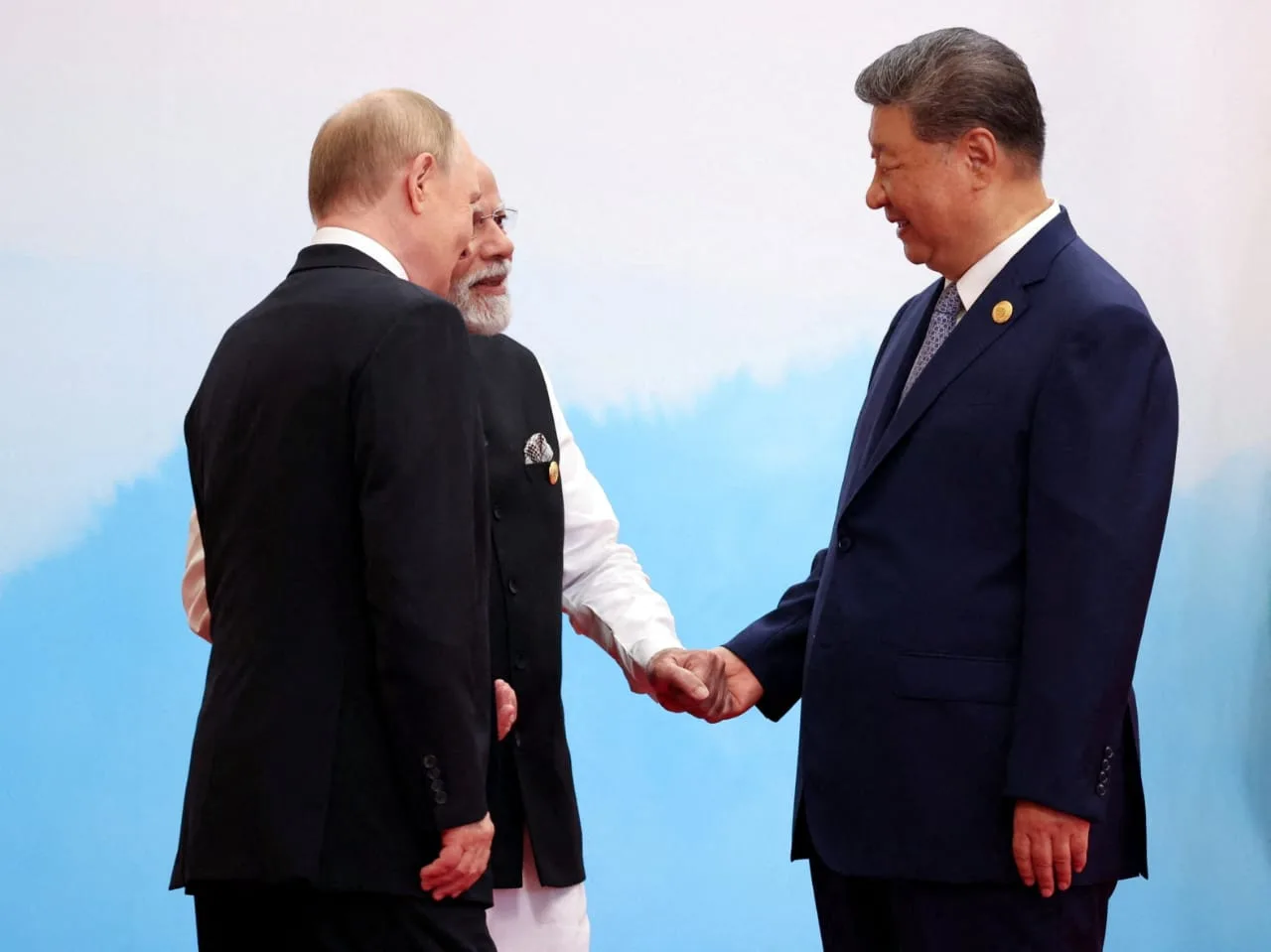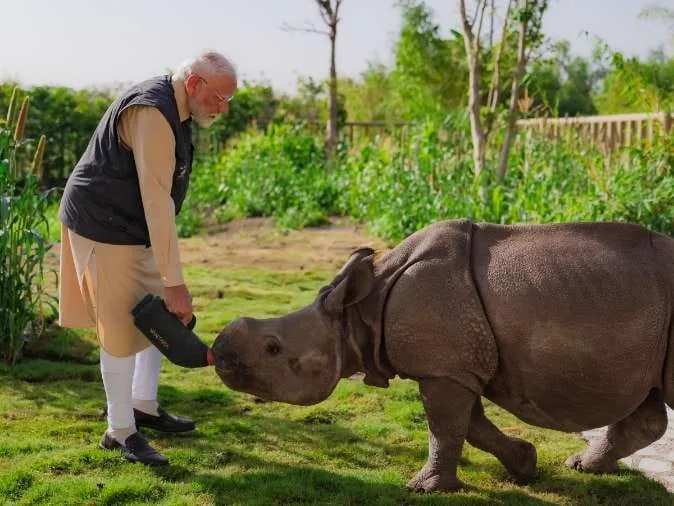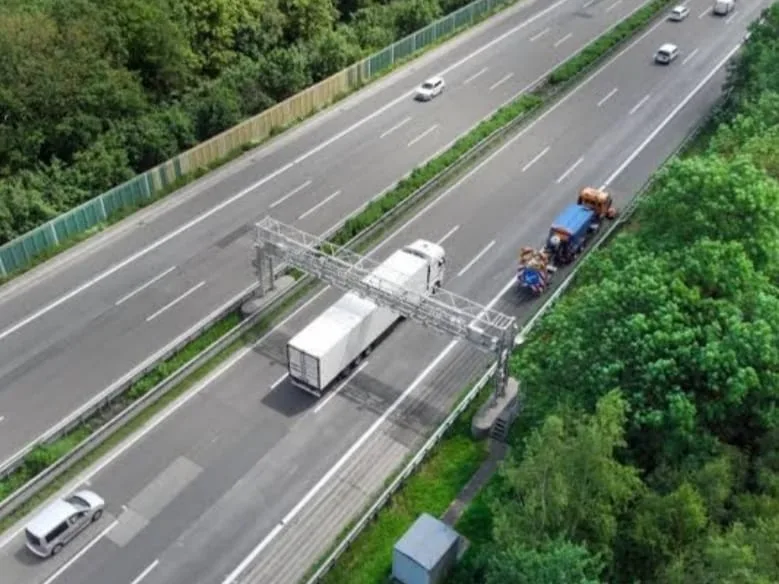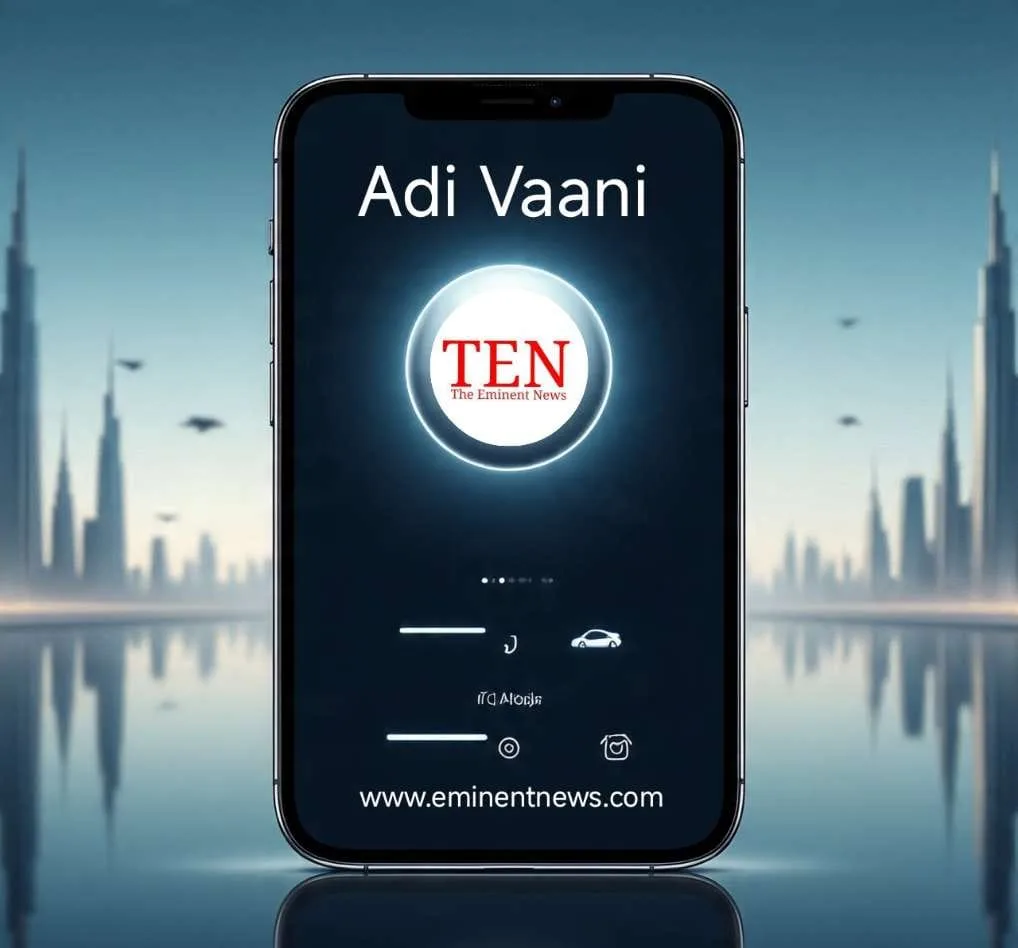The WHO Pandemic Agreement has garnered endorsements from various organizations and world leaders . The UN Secretary-General, António Guterres, has described the agreement as “historic” and called for a coherent global health architecture . The World Health Assembly adopted the agreement on May 20, 2025, with the goal of improving global preparedness and response to future pandemics .
The agreement aims to achieve the following :
- Strengthen international coordination .
- Enhance equity in access to medical tools .
- Ensure that no country is left behind in future health crises .
The World Health Assembly highlighted the importance of cooperation and commitment to health for all nations .The WHO Pandemic Agreement aims to strengthen global pandemic prevention, preparedness, and response . It was adopted by the World Health Assembly on May 20, 2025, after more than three years of negotiations that were initiated because of the inequities and gaps that were exposed by the global response to COVID-19 .
The main goals are to:
- Improve Global Collaboration: Establish principles, tools, and approaches for better international coordination across a range of areas to strengthen the global health architecture for pandemic prevention, preparedness, and response .
- Ensure Equitable Access: Ensure the fair and timely access to vaccines, therapeutics, and diagnostics .
- Boost Pandemic Preparedness: Strengthen pandemic prevention and surveillance capacities, improve routine immunization, and take a “One Health” approach, which recognizes the interconnection between people, animals, plants, and their shared environment .
- Promote Technology Transfer: Encourage technology and knowledge transfer, particularly to developing countries, using licensing, financing, and regulatory incentives, as well as promoting regional/global tech hubs coordinated by WHO .
- Establish Pathogen Access and Benefit Sharing (PABS) System: Enable rapid sharing of pathogen data with manufacturers, who in return, will provide 20% of their real-time production to WHO (10% as donations, the rest at affordable prices) .
- Create a Global Supply Chain and Logistics Network: Ensure equitable and timely access to health products during emergencies through a coordinated network .
The agreement respects national sovereignty, with the WHO having no authority to impose national laws or response actions . The agreement is set to be implemented once key mechanisms are finalized by May 2026 and after ratification by at least 60 countries..for world news click www.eminentnews.com

